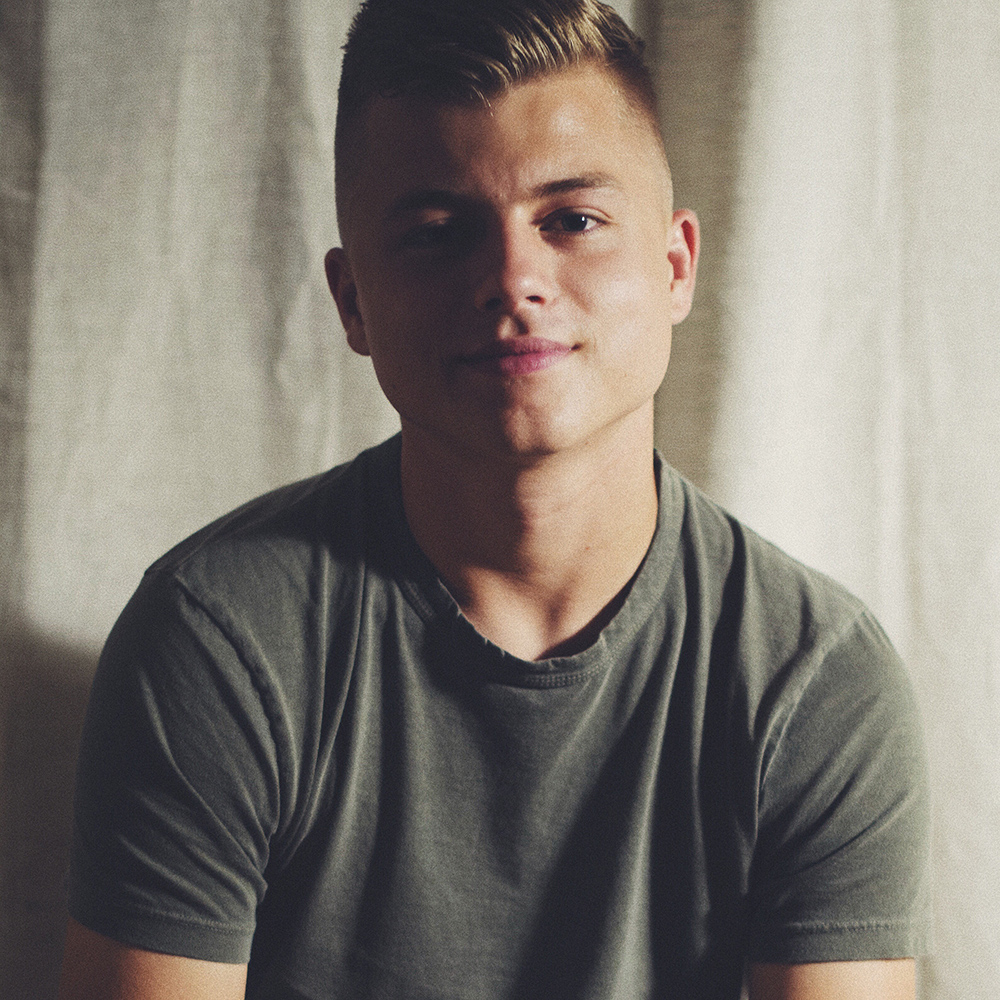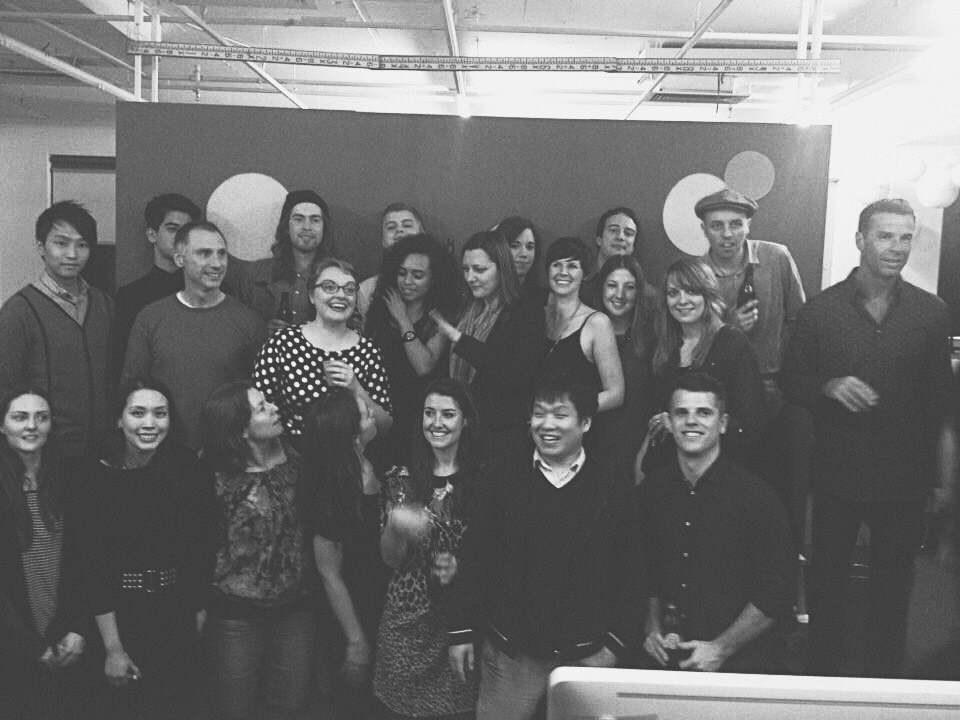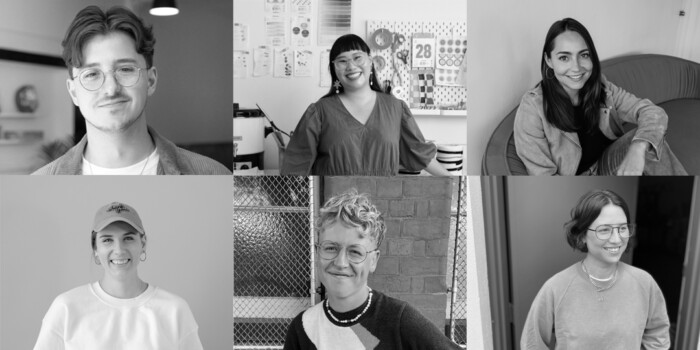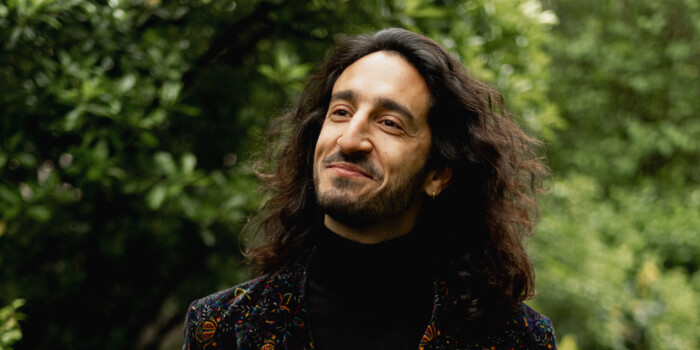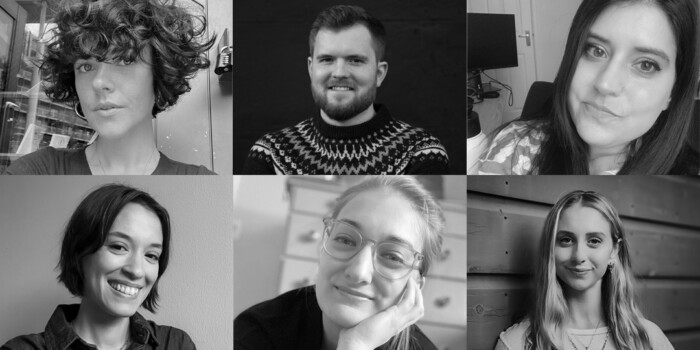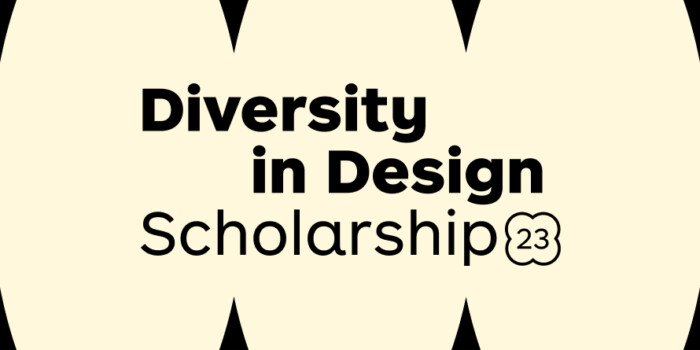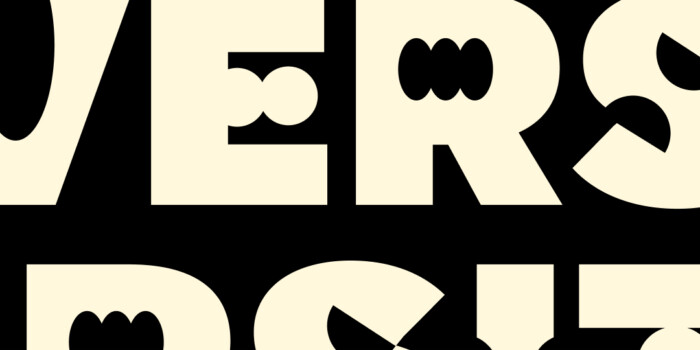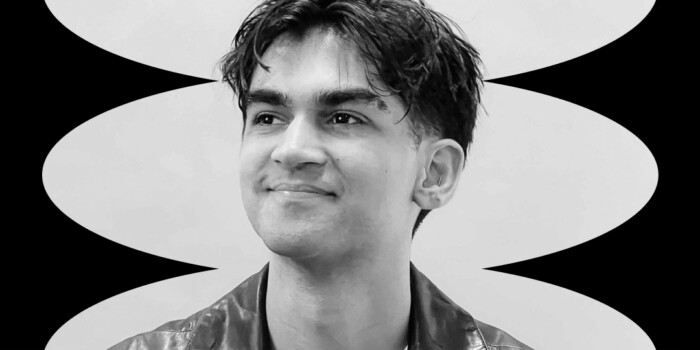Meet Braden Floris, Shillington Graduate and Designer at GoFundMe
In 2014, Braden Floris took a leap of faith and bought a plane ticket from Canada to Australia—discovered Shillington Melbourne and kickstarted his whole design career. Fast forward a few years and he’s working as a Designer at GoFundMe.
And you’ll never believe how he got the gig. Braden landed his job in a super brave and unexpected way. In his words, “one weekend I naively redesigned GoFundMe and sent it to the CEO, just guessing his email address.” And guess what? Only one month later he was packing his bags and moving to San Diego to accept the design role.
Read on to hear more about Braden’s Shillington experience, see some cool recent projects at GoFundMe and get tips for recent graduates. (You might also recognise Braden’s work from our recent feature on Wedding Invitations Designed by Shillington Graduates)
What were you up to before Shillington?
Before Shillington, I worked a number of jobs trying to figure out what I wanted to do for a career. Out of high school, I juggled about a half dozen clients as a freelancer, doing some basic web development and graphic design services. Alongside that I was in university working towards a degree in business administration, and working part-time as a mascot for the development league hockey team in our hometown. That part-time role as a mascot eventually led to an opportunity as graphic designer for the team, so I was introduced to a more diverse set of briefs (arena video boards, merchandise, signage, web properties, among other things). Getting a small taste of what types of projects I would be exposed to as a graphic designer, but lacking a lot of technical expertise, I finished up the season with the team and packed my bags for Australia.
Why did you decide to study at Shillington?
As I was working as a designer for the hockey team, I became incredibly interested in graphic design for a career. I picked up a copy of Computer Arts when I was travelling and came across an advertisement for Shillington. After doing a bit of research, it seemed that Shillington’s strengths mapped closely to what I liked about the role I was in.
Fast paced, smaller class sizes, variety of briefs. To have that educational model while also demonstrating some high caliber student work was—and continues to be—inspiring.
What was your favourite part of the course?
The people. I really enjoyed the individuals I studied with and found incredible personalities and direction from the lecturers, Frances, Corrie and John. Students came in with multiple perspectives and curiosities as well. Some were there to bolster their understanding of design to allow them to engage deeper with the designers at their current employer. Others were there to start a longer journey of a complete career change.
After studying at Shillington in Australia, you worked as a designer in Canada. How did you find that transition personally and career-wise?
I actually grew up in Canada and only travelled to Australia to start my Shillington course. Australia’s working holiday visa provided a great option for allowing me to study up to 3 months. Afterwards I hit up Typism in Gold Coast, spent a little time surfing, travelling and eventually made my way back to Canada for a contract design role at a charity local to my hometown.
How did you land a job at GoFundMe? Tell us about the interview and hiring process.
I love what GoFundMe is doing to allow people to get the financial help they need, faster. There are a lot of success stories on the platform, absolutely, but my motivation was more inspired towards the unsuccessful ones. I wanted to be part of the conversation that started with “How can design help more people access the help they need?”.
So for one weekend I naively redesigned GoFundMe and sent it to the CEO, just guessing his email address.
I framed it as, “Hey, I want to work at GoFundMe, but I know I’m not ready, what advice can you give me about my work so I can improve?”. The next week I was interviewing with the team over the phone. I eventually flew down to San Diego (their only office location at that time) for an interview in-person and met the product team. One month later my wife and I moved to San Diego.
How was the move to San Francisco?
For context, shortly after I made the move to San Diego from Vancouver, GoFundMe opened its second office in Redwood City (located a bit of a ways down the peninsula from San Francisco proper). I was travelling up to this office quite a bit to be closer to the product and marketing teams, and it became clear that if I was going to get the full benefit of being a designer at GoFundMe, I would need to be closer to some of the more experienced designers and researchers we were hiring up in the Bay Area.
For me personally, the move to San Francisco from San Diego has been a tricky adjustment. I think a lot of that has to do with how much I loved San Diego. It’s an incredibly livable city and I made a lot of friends there, friend’s I hope to keep for the rest of my life. It has a growing creative presence, great restaurants and breweries and fantastic weather. I hope to move back one day. But for now, I’m still unpacking San Francisco as a city, jumping to new neighborhoods most weekends and finding my rhythm.
Any cool recent projects you can tell us about?
Sure, here are some shots of a recent update we made to our iOS and Android applications. While being the only designer on a project is appetizing from an ownership perspective, it is incredibly daunting as far as the amount of work that goes into an entire app, let alone one for each platform. Grateful for the team that worked to make this happen. Additionally, I got to put my logo hat on for a quick minute and designed this icon and wordmark for an internal design system we’re building at GoFundMe called Blueprint.
What would you say to someone who is sceptical about Shillington’s fast-paced course?
I would attribute the daunting pace to Shillington resembling the same perception people have riding a bike in the city. On the sidewalk, it’s easy to question the dangers and what-ifs, to look at the experience as being filled with hazards. But once you’re on the road, moving with traffic you realize that not only can you ride your bike, but everyone is more or less trying to help you out and let you find your own way. Lecturers are going to try their very best to make sure you keep up and the briefs are approachable and gradually increase in difficulty.
Anything else you’d like to share?
For those just finishing their course—just because you’re not a student anymore doesn’t mean you have to stop doing work that isn’t attached to a client. I’ve interviewed people that have blown me away with projects that they did because they were passionate about it. It also allows you to fill your portfolio with fresh work and you can do it on your own schedule. I’m not trying to discredit actual client work at all, though I just want to underline that self initiated work can still go a long way in showing an employer or client your talent and problem solving abilities.
Big thanks to Braden for sharing his story! Be sure to follow him on Twitter, Instagram and Dribbble.
Would you love to study design abroad like Braden? Discover your visa options to become a designer at Shillington in New York, London, Manchester, Sydney, Melbourne or Brisbane.
Want to win some amazing prizes and stay in the loop with all things Shillington? Sign up to our newsletter to automatically go in the draw.
